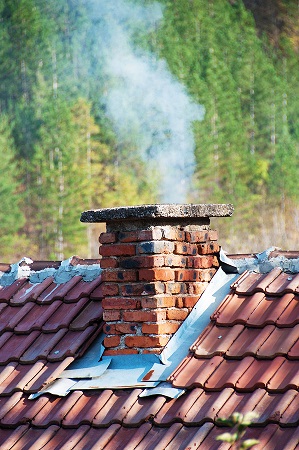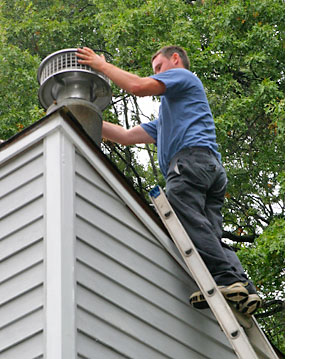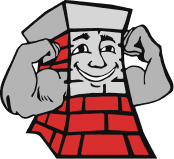Proper Chimney & Fireplace Sizing
 If you have a fireplace in your home, you have the most popular amenity that people hope for when buying a new residence. Fireplaces can be breathtakingly beautiful, and enjoying a fire on a cold day can be the best part of winter. All of the potential enjoyment of a fireplace is partially dependent upon proper chimney and fireplace sizing. Proper venting is of utmost importance, to ensure that toxic combustion by-products go outside and not inside the home. Installation of wood stoves and other vented heating appliances must be done correctly, to ensure proper operation and safety. For that reason, home insurance policies often specify that professional installation is required, if damage caused by failure of a heating unit is to be covered in a policy.
If you have a fireplace in your home, you have the most popular amenity that people hope for when buying a new residence. Fireplaces can be breathtakingly beautiful, and enjoying a fire on a cold day can be the best part of winter. All of the potential enjoyment of a fireplace is partially dependent upon proper chimney and fireplace sizing. Proper venting is of utmost importance, to ensure that toxic combustion by-products go outside and not inside the home. Installation of wood stoves and other vented heating appliances must be done correctly, to ensure proper operation and safety. For that reason, home insurance policies often specify that professional installation is required, if damage caused by failure of a heating unit is to be covered in a policy.
The Measure of a Flue
Metal or pre-fabricated chimneys, which most home builders are partial to, use a different type of venting than a masonry fireplace. It is essential that the venting for any type of wood-burning fireplace or stove include a flue of the appropriate diameter for the appliance. A chimney that is 6 inches in diameter has a 28.3-square-inch usable area, also called the cross section, through which to remove the combustion byproducts. In comparison, a 12-inch chimney size provides a cross section of 113 inches through which to vent smoke. The way wood stoves and fireplaces work, a correct match on fitting the flue size to the appliance is a must.
Venting a Wood Stove
As a general rule, the diameter of the chimney should match the flue collar on your wood stove. A 6-inch stove requires a 6-inch flue. In most cases, a step up is also fine. For example, you could vent a 6-inch stove into an insulated chimney that is 8 inches in diameter. If, however, the flue is more than three times the size of your stove outlet, the problem that will likely be created is that the smoke cools excessively and therefore fails to exit properly. This scenario also results in the formation of an excess amount of creosote. Our professionals typically recommend installing a stainless steel flue lining that is the same size as the stove outlet, to solve the problem of an inadequate draft.
Venting a Masonry Fireplace
When a home is built with a masonry fireplace, there is a huge range of possible sizes. It’s important to have a builder who knows how a fireplace works and makes sure the fireplace opening and the flue size are the right match to create excellent venting. In general, the flue can be 1/10th to 1/12th as large as the opening.”
 Each element of the construction of the fireplace and chimney contributes to venting. The height of the chimney, the size of the flue, smoke chamber construction, and other components work together to either ensure a strong draft or detract from it.
Each element of the construction of the fireplace and chimney contributes to venting. The height of the chimney, the size of the flue, smoke chamber construction, and other components work together to either ensure a strong draft or detract from it.
Contact our chimney professionals when you are ready to have a new and efficient wood-burning fireplace or wood stove installed in your home. You will be able to rest assured that the flue is the right size, the appliance will be safe to use, and it will operate correctly.


